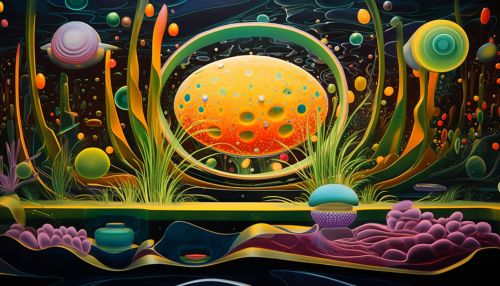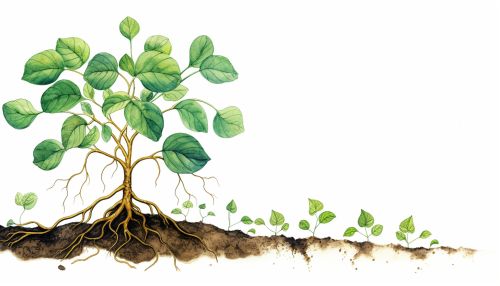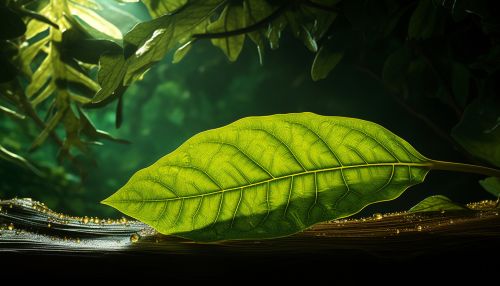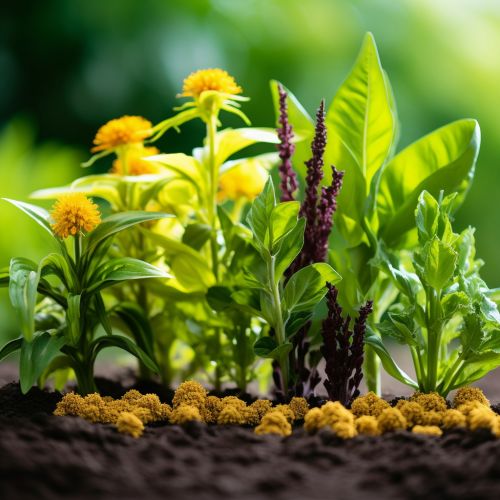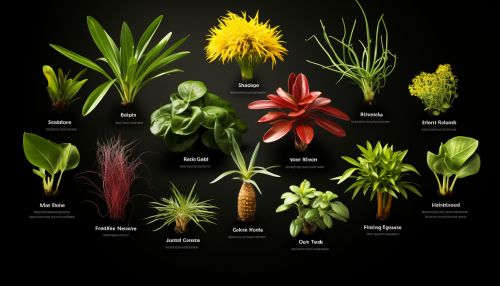Plant Biology
Introduction
Plant biology, also known as botany, is the scientific study of plant life. This discipline encompasses the study of all types of plants, from tiny green algae to giant redwood trees. It involves understanding the structure, growth, reproduction, metabolism, development, diseases, and chemical properties of plants, as well as their interactions with the environment and other organisms.
History of Plant Biology
The study of plants has a long history, dating back to ancient times. Early civilizations, such as the Egyptians and Greeks, studied plants for their medicinal properties. Theophrastus, a Greek philosopher, is often considered the "father of botany" due to his extensive studies and writings on plant life.
During the Middle Ages, plant studies were primarily focused on their medicinal uses, with herbals - books describing the medicinal properties of plants - being widely produced. The Renaissance period saw a renewed interest in plant biology, with the advent of plant exploration and the creation of botanical gardens.
The 19th and 20th centuries saw significant advancements in plant biology, with the development of new technologies and methodologies, such as microscopy and genetics, which allowed for a deeper understanding of plant structure and function.
Plant Structure and Function
Plants are multicellular organisms that belong to the kingdom Plantae. They are characterized by their ability to photosynthesize, a process that converts light energy, usually from the sun, into chemical energy.
Cell Structure
Plant cells are eukaryotic, meaning they have a true nucleus and other specialized organelles. These include the chloroplasts, which are responsible for photosynthesis, and the cell wall, which provides structural support and protection.
Plant Tissues
Plant tissues can be broadly classified into three types: dermal, vascular, and ground tissues. Dermal tissue covers the outer surface of the plant and serves as a protective layer. Vascular tissue is responsible for the transport of water, nutrients, and sugars within the plant. Ground tissue makes up the bulk of the plant and is involved in photosynthesis, storage, and support.
Plant Organs
The main organs of a plant are the roots, stems, and leaves. The roots anchor the plant to the ground and absorb water and nutrients from the soil. The stem provides support and transports water, nutrients, and sugars between the roots and leaves. The leaves are the primary site of photosynthesis.
Plant Growth and Development
Plant growth and development involve a series of changes that occur over the life of the plant. This process is regulated by both internal and external factors.
Plant Life Cycle
The life cycle of a plant typically involves alternating generations of haploid (one set of chromosomes) and diploid (two sets of chromosomes) stages. This cycle, known as the alternation of generations, is a characteristic feature of the plant kingdom.
Plant Hormones
Plant hormones, also known as phytohormones, play a crucial role in regulating plant growth and development. These include auxins, gibberellins, cytokinins, abscisic acid, and ethylene.
Plant Metabolism
Plant metabolism involves the chemical reactions that occur within a plant to maintain life. This includes photosynthesis, respiration, and the synthesis of organic compounds.
Photosynthesis
Photosynthesis is the process by which plants convert light energy, usually from the sun, into chemical energy in the form of glucose. This process takes place in the chloroplasts and involves two main stages: the light-dependent reactions and the light-independent reactions (Calvin cycle).
Respiration
Respiration in plants involves the breakdown of glucose to produce energy. This process occurs in the mitochondria and can be divided into three stages: glycolysis, the Krebs cycle, and the electron transport chain.
Plant Ecology
Plant ecology is the study of how plants interact with their environment and other organisms. This includes understanding the role of plants in ecosystems, their adaptations to different environments, and their relationships with other plants and animals.
Plant-Animal Interactions
Plants interact with animals in various ways, such as through pollination and seed dispersal. These interactions are crucial for the survival and reproduction of many plant species.
Plant Adaptations
Plants have developed a wide range of adaptations to survive in different environments. These include structural adaptations, such as the development of thorns for protection, and physiological adaptations, such as the ability to tolerate extreme temperatures or poor soil conditions.
Conclusion
Plant biology is a vast and diverse field that encompasses the study of all aspects of plant life. From understanding the basic structure and function of plants to exploring their complex interactions with the environment and other organisms, plant biology provides crucial insights into the world of plants and their importance in our lives.
See Also

